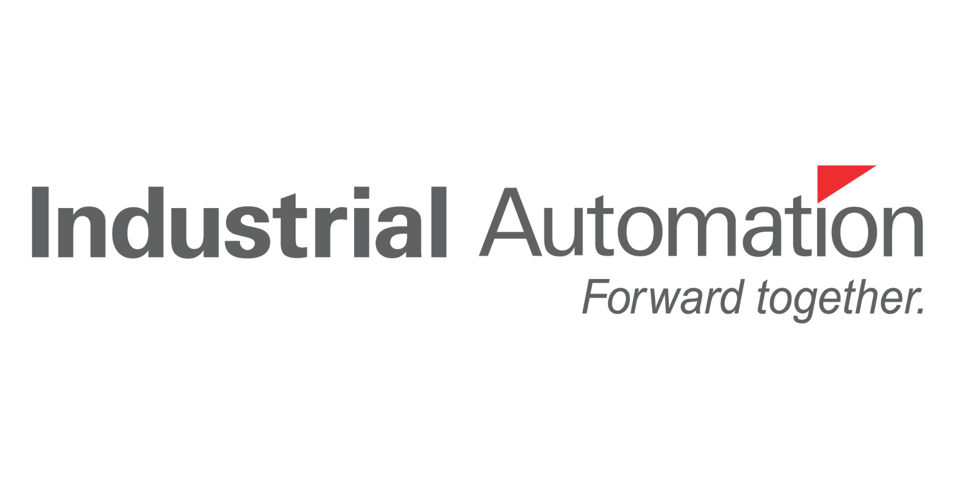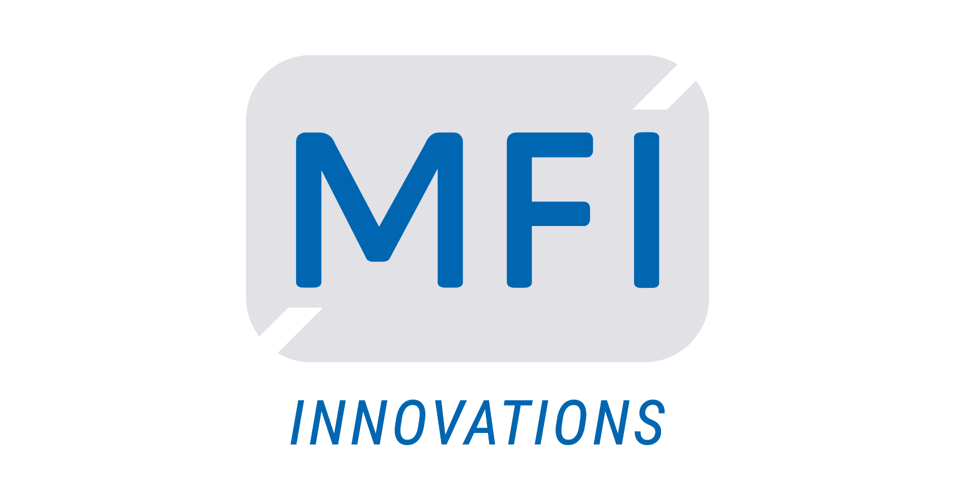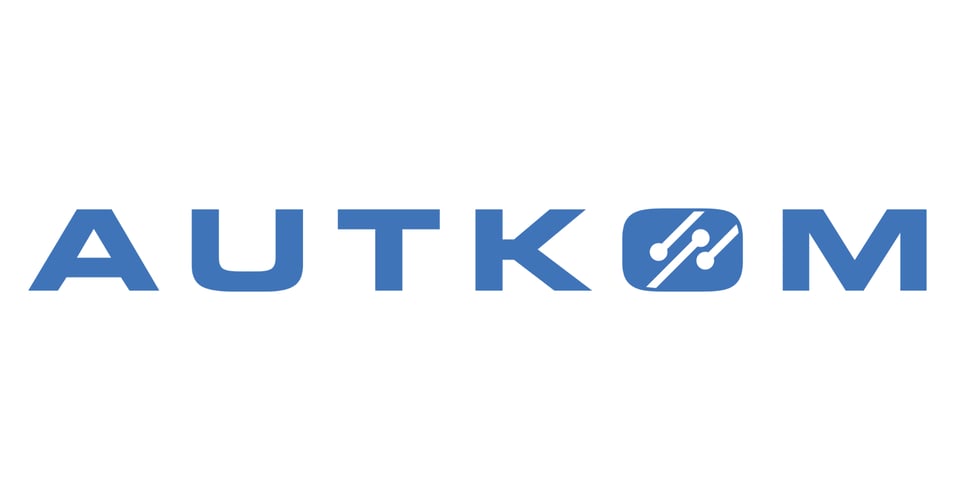
Global healthcare spending is set to double by 2040 - the Coronavirus pandemic is accelerating this trend. Increased spending also means an ever greater demand for drugs and diagnostics reagents. Pharmaceutical companies need to expand their production facilities to enable them to meet this demand. Production systems are often expanded into existing buildings whilst production operations are ongoing in order to save on capacity – A long-standing client of SCIO group company VESCON Process GmbH has had to tackle this issue head on very recently. The Life Science division of VESCON Process has been managing these kinds of projects for some time by adopting the Integrated Engineering/Project approach. Process planning and qualification are intrinsically linked here, and the Good Manufacturing Practice (GMP) principal for pharmaceuticals applies. It stipulates that various legal requirements must be complied with, documented, and implemented.
“We incorporate the GMP principle right at the start of a project and throughout the entire process planning phase on a continuous basis. During the project, we keep all the documents that are relevant for carrying out qualification, as well as making sure they’re up-to-date at the end, which enables us to properly monitor the plant life cycle. Implementing this principle enables us to prepare documents as best we can for any subsequent inspections and audits that may take place, and we don’t need to make any adjustments further down the line,” said Markus Haeberle, project manager for a major project, which is currently underway for a global player in the pharmaceutical industry.
SCIO is expanding an existing client’s plant, allowing them to produce more system reagents for diagnostics, which will give it the capacity to meet the increasing global demand for system reagents over the long term.
What does Integrated Engineering/Project mean?
Planning and implementing the project involves several design and implementation phases. In the planning phase, these are Concept Design (CD), Basic Design (BD) and Detail Design (DD), including qualification. Construction & Commissioning (CC) then follow as part of the implementation phase, i.e., construction and commissioning are carried out alongside the relevant qualification process.

PLANNING
Concept Design (CD)
Project participants initially carry out a concept study in which a rough layout of manufacturing and production processes is designed in accordance with the client’s requirements. Block diagrams of flow charts are also developed as part of this.
- • How do we integrate a new production facility into an existing building while production is still ongoing?
• Do we have to take an existing building envelope, piping, electrical installation, or any ventilation ducts into account?
• Restricted space means that pipelines, machines, tanks and digital equipment need to be designed with the utmost precision to allow them to be properly integrated without any issues.
Basic Design (BD) + Qualification
The basic design phase involves further development of the data and schematics from the concept study, including initial pipework and instrument flow diagrams, as well as draft specifications for valves and instrumentation. SCIO is the General Planner (GP) for the overall project, and is therefore responsible for tendering and evaluating bids from potential suppliers for the implementation phase, as well as those from machine manufacturers.
SCIO carries out insertion studies to check whether three 30 m² batching tanks can be inserted, and uses an in-house 3D planning system to assist with integrating the batching system into the existing systems and spaces within the building. Collision checks are part of this process, e.g.:
- • Are there pipelines, ventilation ducts and electrical routes obstructing the system that needs to be integrated?
• Will the existing capacity of the supply and discharge system in the building be able to cope with the demands of future production, and can the plant expansion be connected to it?
• Will the building’s structural design be able to withstand the batch tank insertion, well as the load?
SCIO also prepares all the accompanying qualification documents that are required, such as specifications, functional specifications, and risk analyses, which is in line with the Integrated Engineering approach.
Detail Design (DD) + Qualification
Once the rough plan has been completed, a detailed plan is drawn up in the “Detail Design” phase. SCIO initially hands over all planning activities to a contracting firm. The SCIO team “switches sides” and works alongside the client for the rest of the project, acting as the main interface between the client and the firm. In its role as the project coordinator, SCIO regularly brings all the trades to the table and coordinates processes as needed: The process engineering processes, plants, machines and tanks are designed in detail alongside the contracting firm and the client. SCIO also provides support if any additional processing needs to be done for the qualification documents.
IMPLEMENTATION
Construction & Commissioning (CC) + Qualification
In the implementation phase, the SCIO team coordinates project implementation, acts as a liaison between the client, the construction team, contracting firms and the construction management team overseeing the project. They are also responsible for inspecting the pipeline installation on-site that will be used for production, as well as the reviewing, verifying, and signing off the relevant technical documentation.
Now it’s time to actually insert the batching tanks through predefined openings in the building envelope. “Despite the fact that we prepare several insertion concepts and 3D simulations in advance of any work on-site, the implementation itself needs to be extremely precise and this poses an enormous challenge,“ said project manager Markus Häberle. The actual commissioning phase starts once all the pipelines equipment and tanks have been integrated and connected to the fittings and measuring devices. First of all, SCIO carries out what is known as a water run, the pipelines are filled with water instead of the actual feedstock to make sure everything is working safely. This ensures that all defined functions can be tested in accordance with specified commissioning schedules:
- • Do the process sequences work?
• Can the valves open and close properly?
• Can the sensors detect objects properly and carry out the process step correctly?
• Do the filling and dosing of the containers and equipment function correctly in the basic structure do the tank/plant filling and dosing functionalities work properly within the base structure?
• Is interface communication (signal/information exchange) properly carried out between the different trades?
“We’re always really pleased if we can use drafts from the Operational Qualification tests (OQ tests) as a basis for the functional tests during commissioning. This gives us the chance to test everything and verify the plant’s performance. We can then use these “final” OQ tests to ensure that the actual qualification goes off without a hitch after the commissioning phase,” said Häberle.
QUALIFICATION
Once commissioning has been successfully completed, SCIO moves on to qualifying the whole plant and all of its processes. Successful qualification is documented proof that the plant has been properly implemented and everything works as expected, taking the regulatory aspects and respective specifications into account. This is a basic prerequisite for production to start.
SCIO’s process team supports the client with finalizing of all relevant qualification documents, including finalizing of requirements specifications, functional specifications, risk analyses, as well as preparing test plans and carrying them out in line with all qualification phases (Design Qualification (DQ), Installation Qualification (IQ), Operational Qualification (OQ).
Upon successful qualification, the team prepares the OQ report, finalizes the technical documentation for the individual plants, machines and processes, and hands everything over to the plant operator. This is usually where the project ends. The so-called PQ (Performance Qualification), i.e., line runs, are carried out by the operator. SCIO’s process team can also provide support here, if needed.
The project:
Period: 3 years
TIC: 62 million EUR
Scope: CD/BD/DD/CC/ and qualification for
- • Process / process engineering
• Machine and equipment planning
• Installation planning / pipework planning
• Coordinating construction, TGA and automation
• 3D planning in Autocad Plant 3D / Autocad MEP
The process team has the skills and experience to be able to plan, implement and qualify your project. The team offers the client a full suite of project coordination and implementation services.
To learn more about Process and Life Science services, please visit the website of SCIO group company VESCON.

















